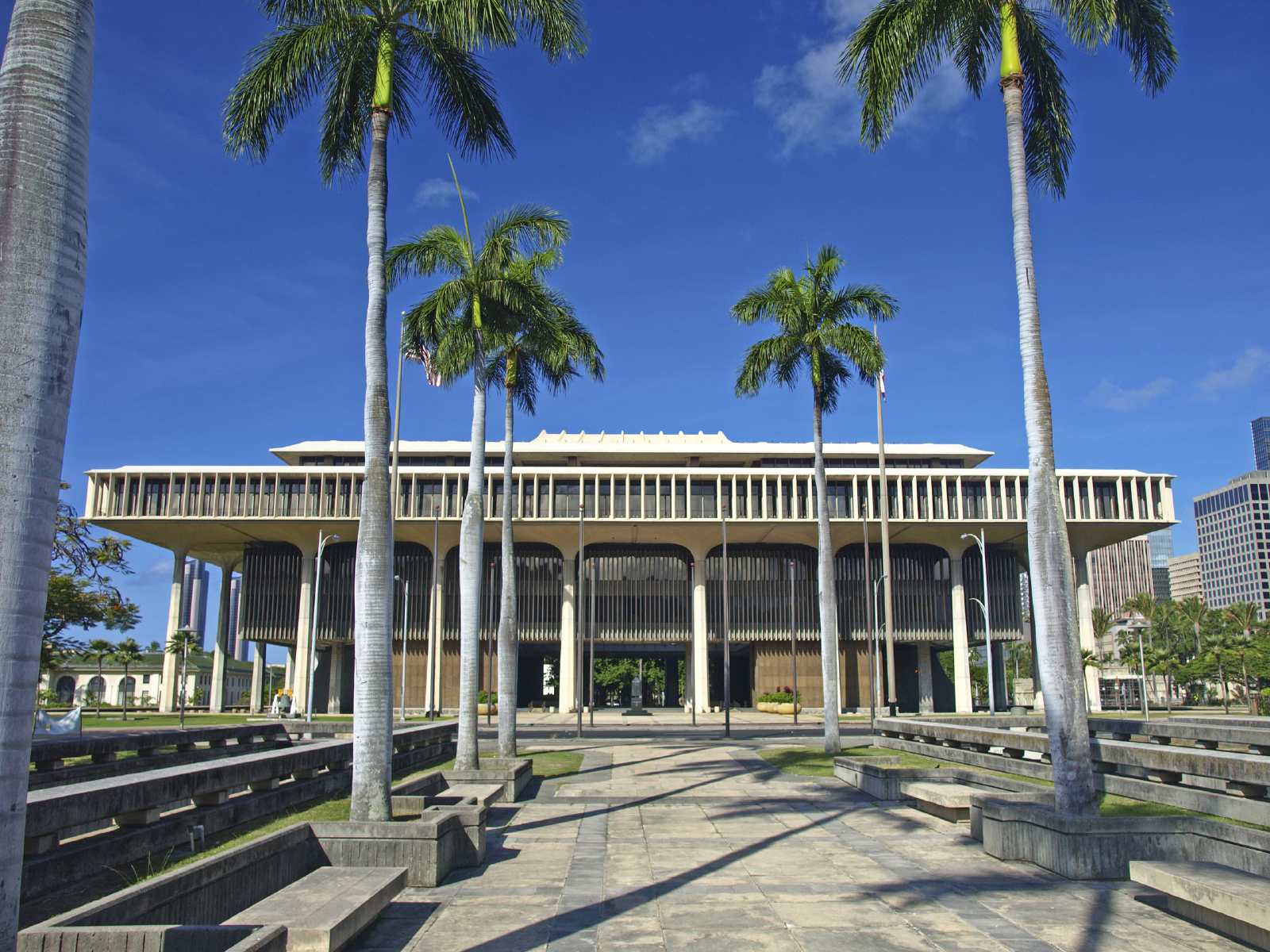
State Agencies
Our state energy policy is rooted in one principle: a commitment to maximize the deployment of cost-effective investments in clean energy production and management for the purpose of promoting Hawai‘is energy security.
STATE OF Hawai‘i ENERGY POLICY DIRECTIVES
Implementing energy efficiency in state agencies allows the State to lead by example when it comes to energy efficiency initiatives and energy efficient design for new construction, which maximize the savings of taxpayer dollars that would otherwise be spent on utility bills. Under Act 239, SLH 2022, passed by the legislature, “efforts taken by universities, public schools, executive departments, and other government entities have already begun to save taxpayers money by reducing the government’s electricity costs.” The Hawaii State Energy Office has the responsibility to encourage and assist state agencies and collect all utility bill and energy usage data and make this information available in a publicly accessible format.
Energy Savings Performance Contracting
Department of Accounting and General Services (DAGS) Pre-Qualified ESCO List, Pre-Qualified Energy Service Companies (ESCO) List Updated!
- Effective on January 6, 2025
- Expires January 5, 2027
Streamlined Procurement Process
- Reduces the time and administrative burden of the procurement process by eliminating the need to conduct a full competitive bidding process for each ESPC project.
- Pre-qualification ensures only capable and experienced ESCOs are considered, simplifying the selection process.
Quality Assurance
ESCOs on the list are vetted for qualifications, experience, and financial stability, ensuring high standards for energy projects. By leveraging a pre-qualified list of ESCOs, agencies can focus on achieving measurable energy savings and performance improvements with reduced risks and enhanced efficiency
State Agency Electricity Bills
HSEO continues to work with the local utilities to provide clean and easily digestible information for the public, with further improvements to available information to come.
State and County Performance Contracting
It is essential to protect the state against escalating energy costs and to expedite energy efficiency improvements in state buildings and facilities to mitigate the volatility of world oil markets. Over the years, agency building and facility operational costs have mirrored closely the rise and fall in the price of oil and electricity. One excellent tool to increase energy efficiency in state buildings and facilities is performance contracting. State and County agencies face increasing energy costs and the need to replace or upgrade aging, inefficient, and obsolete energy- and water-consuming systems. Energy Performance Contracting (EPC) is an innovative approach to implementing energy and water efficiency projects using guaranteed energy savings to pay for the projects.
In December 2013, the State Department of Transportation (DOT) entered into an energy savings contract with Johnson Controls, Inc. The contracts for the Airports, Highways, and Harbors divisions totaled $245 million in large-scale energy efficiency upgrades. The projects are expected to generate $680 million in energy savings and reduce overall energy consumption. The Airports Division garnered the largest contract at $158 million and is nationally the largest performance contract signed by one agency. Learn more about DOT’s energy performance contracting in their video Preserving Paradise.
Here’s a list of the State and County EPC’s to date:
| Agency | Year(s) | Contract Amount ($) | Estimated Savings Over Life of Contract ($) |
|---|---|---|---|
| U.H. Hilo | 1996-2012 | $6,402,695 | $14,630,066 |
| County of Hawai‘i | 1997-2026 | $2,215,546 | $8,157,880 |
| County of Kauai | 1998-2012 | $525,965 | $1,205,990 |
| C&C of Honolulu | 2001-2025 | $11,900,205 | $36,066,761 |
| Hawai‘i Health Systems Corporation | 2002-2022 | $21,939,997 | $55,766,364 |
| Judiciary | 2002-2012 | $1,474,406 | $9,785,036 |
| Dept. of Accounting & General Services Phase I | 2009-2029 | $36,873,266 | $72,580,767 |
| Department of Public Safety | 2010-2032 | $25,511,264 | $57,211,112 |
| University of Hawai‘i Community Colleges | 2013-2033 | $34,207,392 | $37,000,000 |
| C&C Honolulu Kailua Wastewater Treatment Plant | 2013-2033 | $6,054,178 | $13,693,910 |
| Dept. of Accounting and General Services Phase II | 2013-2033 | $17,400,000 | $28,000,000 |
| Department of Transportation | 2013-2034 | $309,506,592 | $795,560,746 |
| Honolulu Board of Water Supply | 2016-2036 | $33,125,398 | $56,846,668 |
| Total | $507,133,904 | $1,186,505,300 |
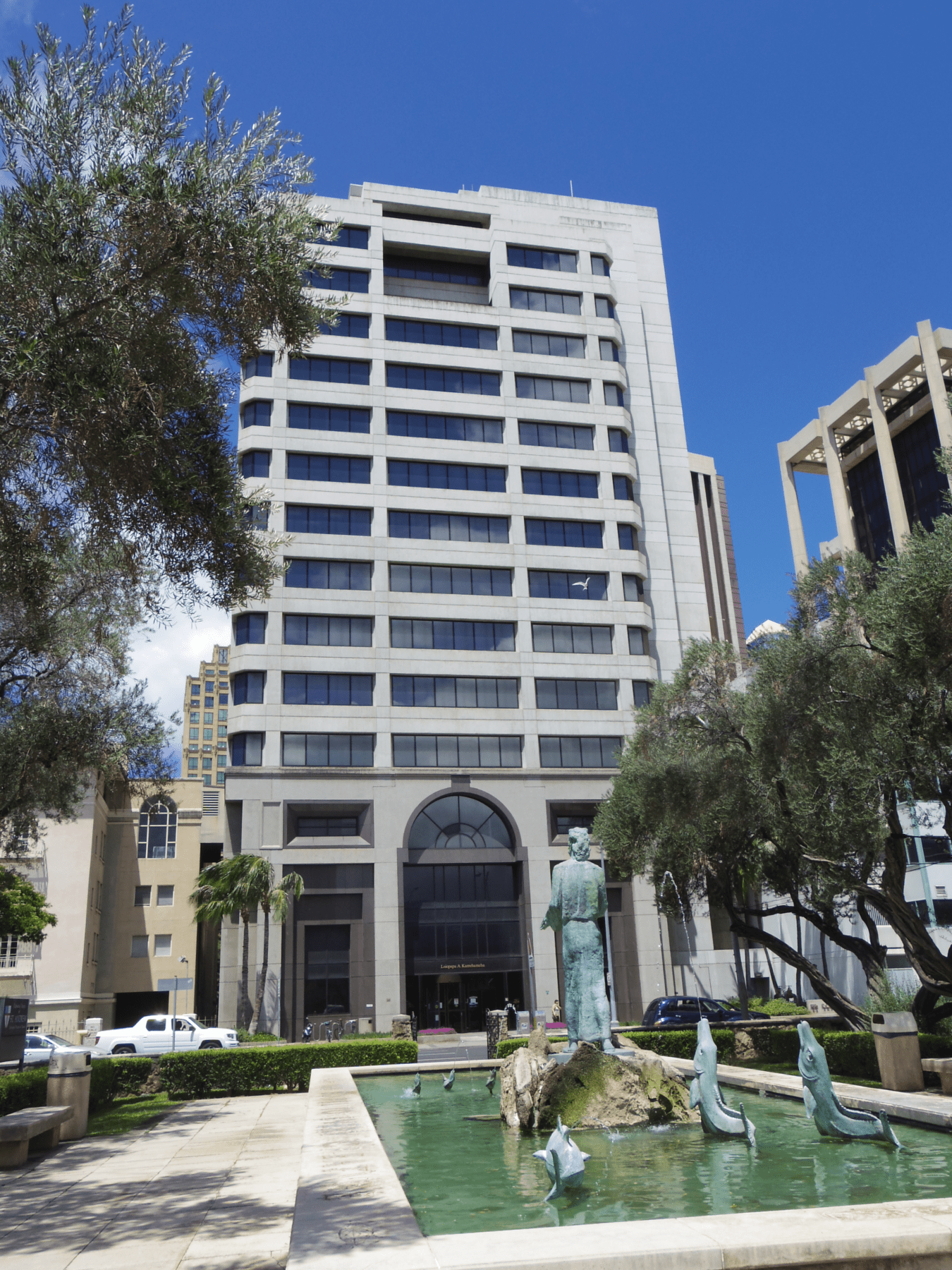
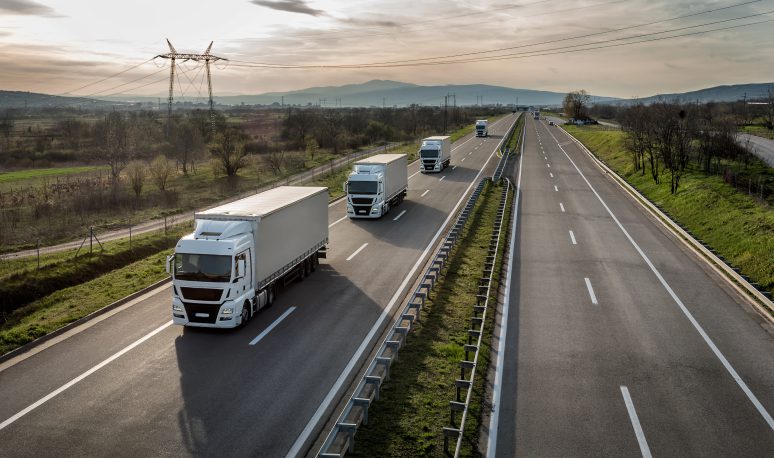
ENERGY STAR BENCHMARKING/
BUILDING CERTIFICATION
Benchmarking is a process that involves calculating the building’s annual energy consumption per square foot, allowing buildings to be compared and identifying areas for improving energy efficiency. If a building receives a score of 75 or higher, it indicates that the building is in the top 25% of similar buildings nationally and can be certified as an ENERGY STAR® building. To date, 416 state facilities comprised of over 2,600 individual buildings have been benchmarked using the ENERGY STAR® Portfolio Manager online tool. Over 100 state buildings have received the ENERGY STAR® label.
RESOURCE EFFICIENCY PROGRAM
This program provides an opportunity for government agencies to participate in working toward smart energy and resource-efficient operations while benefitting from lower operational and utility costs.
Get Started!
Step 1: Checklist
Fill out and submit the Resource Efficiency Program Checklist. The Checklist is a questionnaire assessing your business’s green attributes and practices. The Checklist helps businesses move beyond compliance and can act as a list of suggestions for improvement along with providing resources to help reach the highest levels of sustainability.
- Resource Efficiency Program Checklist
- Submit electronically to Gail Suzuki-Jones
- Await results notification
Step 2: Site Visit
Depending on the results from the Enrollment Application and Checklist, a site visit may be scheduled. Working in coordination with the Hawai‘i DOH and DBEDT, an auditor will contact and work with state agencies to verify responses to the Enrollment Application and Checklist with an in-person site visit.
Then what? Maintain Recognition
Recognition is valid for one (1) year. Recognized agencies are encouraged to submit updated checklists annually, but at least once every five years.
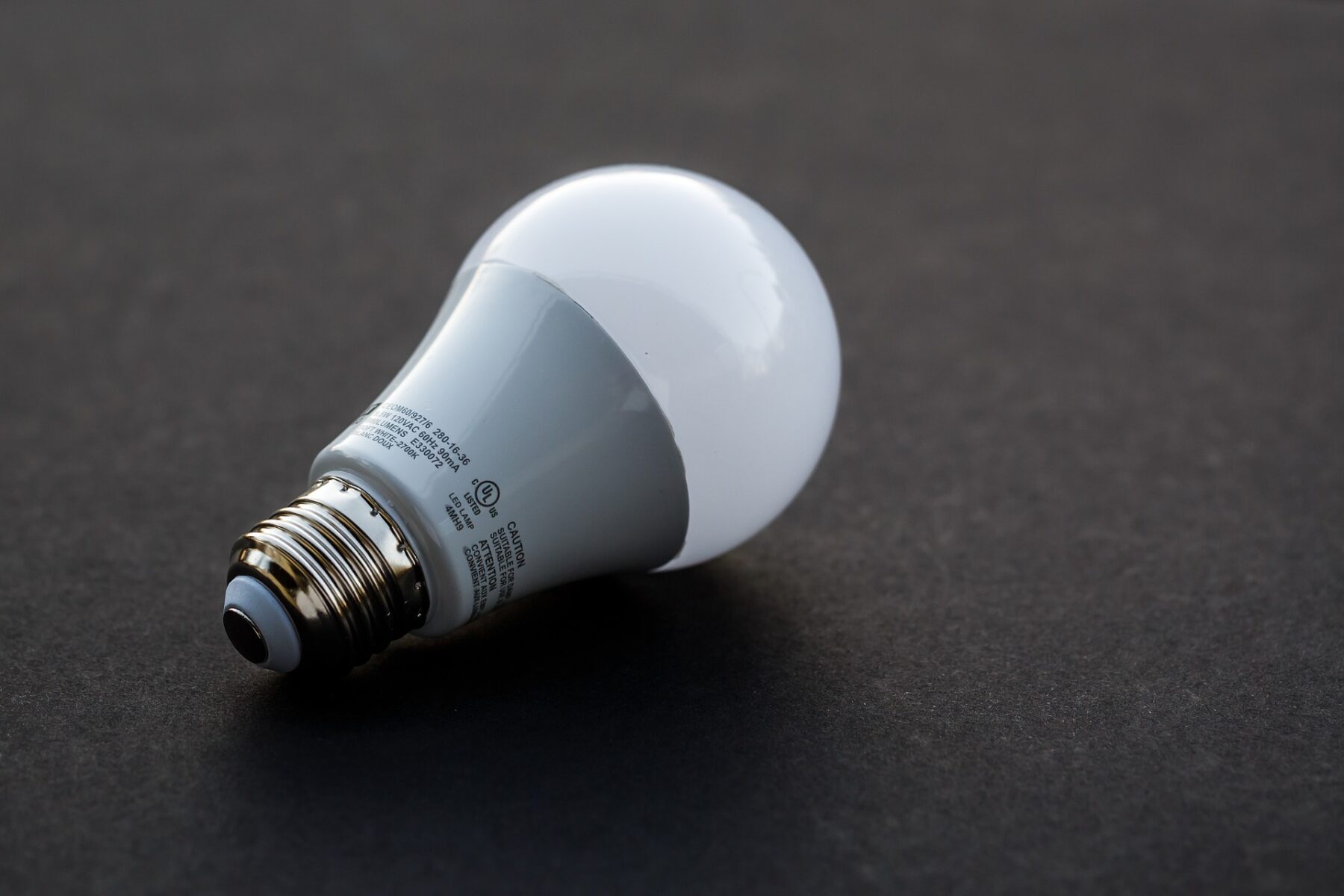
RECOGNIZED GOVERNMENT AGENCIES
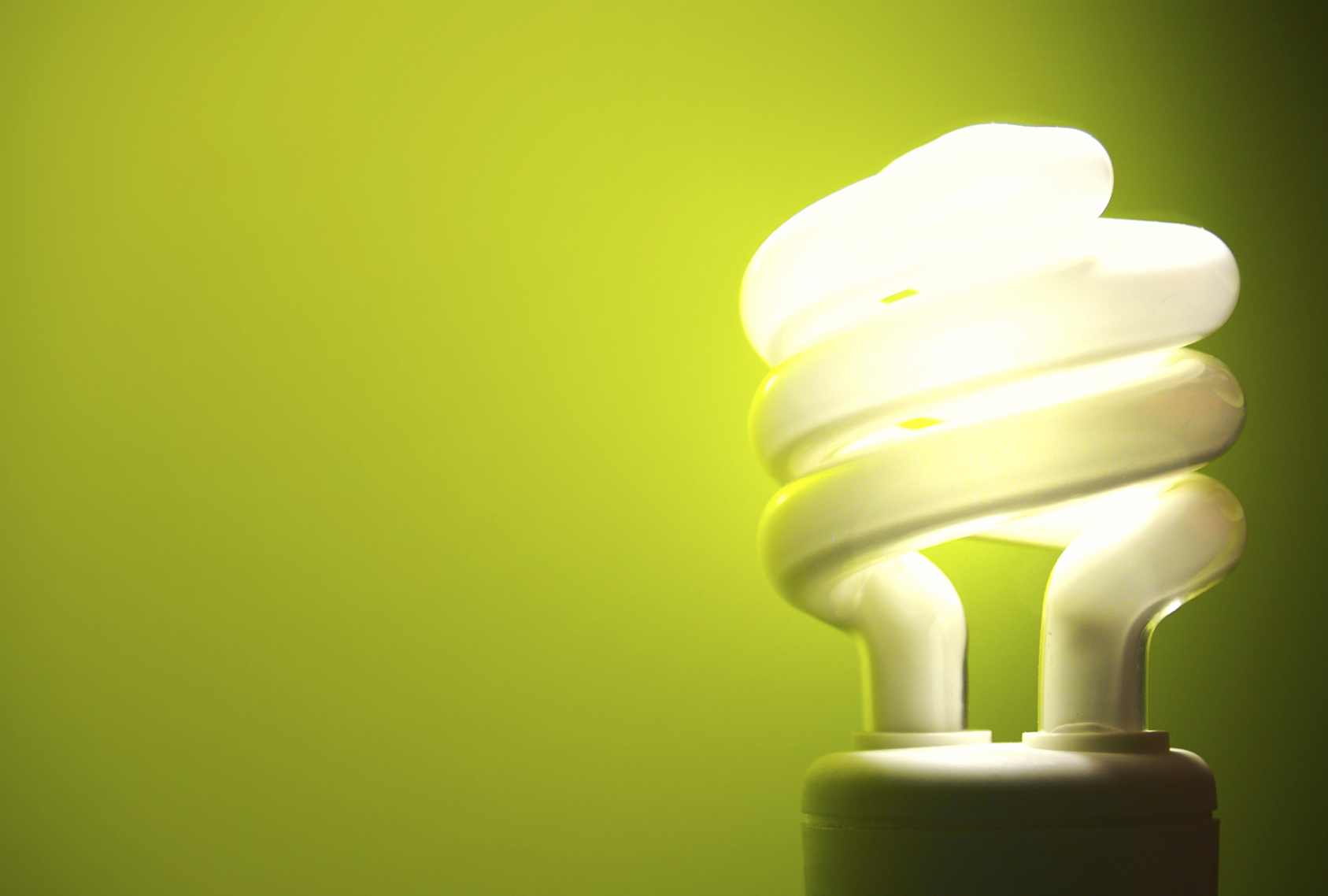
RESOURCE EFFICIENCY INFORMATION
Here are a few additional resources and links that are helpful in making your agency’s operations more sustainable.
Enrollment & Checklist
Solid Waste Reduction & Recycling
- Solid & Hazardous Waste
- Proper Waste Disposal/Recycling
- Hawai‘i Case Study
- Buying Recycled Materials in Hawai‘i Fact Sheet
- Hazardous Waste Haulers
- Recycling Containers Fact Sheet
Purchasing
- Environmentally Preferable Purchasing
- Green Product Buyers Guide for Hawai‘i
- Responsible Purchasing Network
- Bio-Based Products & Energy Fact Sheet
- Energy Efficiency Building Guidelines part 1
- Energy Efficiency Building Guidelines part 2
- Hawai‘i Energy
- Energy Star
- Greening the Government Fact Sheet
Water Conservation
Pollution Prevention
Education & Involvement
Other
STATE VEHICLE PURCHASING GUIDELINES
Hawai‘i Government Vehicle Purchase Guidelines are revised to include requirements effective as of January 1, 2010, in accordance with Act 156 of 2009.
The Fuel Economy Guide is produced by the U.S. Environmental Protection Agency (EPA) and U.S. Department of Energy (DOE) in order to help car buyers choose the most fuel-efficient vehicle that meets their needs.
The procurement policy for County and State agencies purchasing or leasing light-duty motor vehicles shall be to reduce dependence on petroleum for transportation energy. This law sets forth clear hierarchy whereby government will lead by example in selecting alternative vehicles.
Priority for selecting vehicles shall be as follows:
- Electric or plug-in hybrid electric vehicles
- Hydrogen or fuel cell vehicles
- Alternative-fuel vehicles
Alternative fuels are defined as alcohol fuels, mixtures containing eighty-five percent or more by volume of alcohols with gasoline or other fuels, natural gas, liquefied petroleum gas, hydrogen, biodiesel, mixtures containing twenty percent or more by volume of biodiesel with diesel or other fuels, other fuels derived from biological materials, and electricity provided by off-board energy sources. - Hybrid electric vehicles
- Fuel Economy Leaders
Vehicles that are identified by the United States Environmental Protection Agency in its annual “Fuel Economy Leaders” report as being among the top performers for fuel economy in their class, in the top one-fifth of the most energy-efficient vehicles in its class.
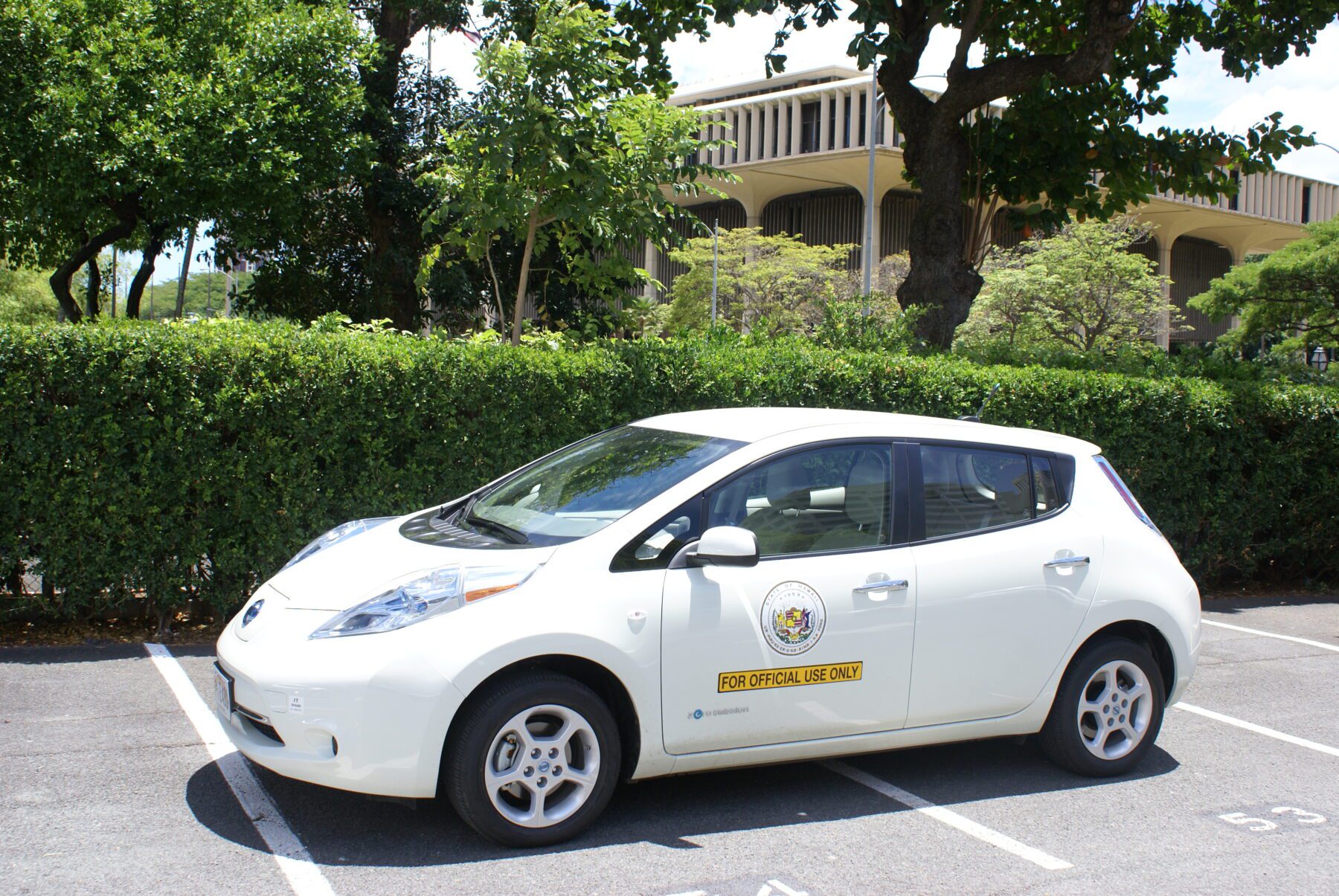
DBEDT RESEARCH ENERGY DASHBOARD
This energy dashboard was developed by DBEDT Research Division to provide a focused summary of Hawaii energy sector. This site is still a work-in- progress. We need your feedback to ensure that information on the state of Hawaii energy sector are effectively and accurately presented. If you would like to provide feedback or make a suggestion about this dashboard, please email us at [email protected]. The data shown on this website is measured and represented as accurately as possible and is subject to change as updates are provided by data sources.
